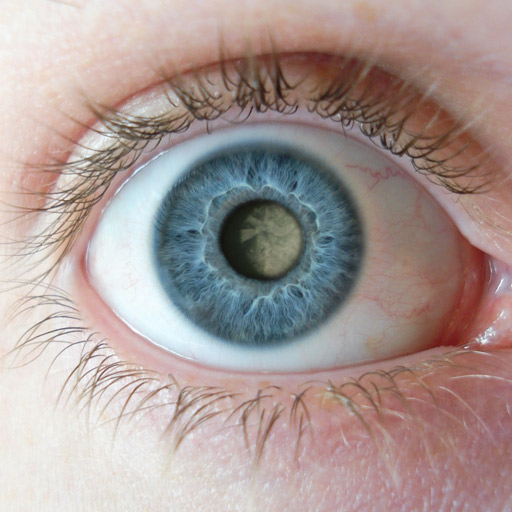A cataract is a clouding that develops in the crystalline lens of the eye varying in degree from a slight to a complete opacity which limits, or obstructs the passage of light to the back of the eye. We have determined that stronger spectacle lenses will not improve your vision. A typical clue for you that the cataract is progressing, is the feeling that your spectacles are always dirty, and you find yourself constantly cleaning your spectacles.
A visit to an Ophthalmologist is recommended to determine if cataract surgery is indicated. If this is the case, and, you and the Surgeon choose the option to remove the cataracts then after the surgery, the eye prescription will need to settle, which usually takes 4 to 6 weeks after your last operation. During this time our office will lend you a pair of reading glasses so that you are at least able to get by during the settling process, where after we will schedule an appointment to do a complete eye examination and provide you with a new balanced prescription to take advantage of the new clear lenses that have been inserted into your eyes to give you the best far and near vision possible.
You need to be aware that off the shelf reading glasses are often not balanced and can leave you squinting, and with avoidable reading fatigue and eyestrain. Should you have any further queries please contact our offices.


